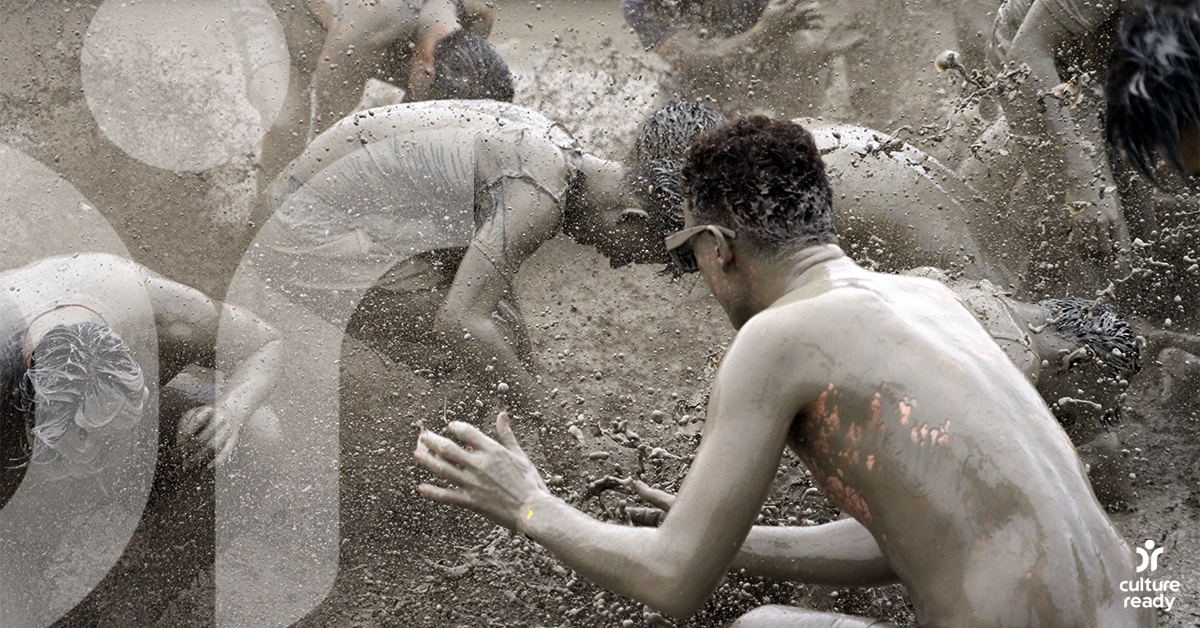From Mud to Kimchi: Some of South Korea’s Fun Festivals
Nowhere is South Korea’s diverse and vibrant culture more visible than at one of the country’s many festivals.
Now in its 23rd year, the Boryeong Mud Festival has become one of the largest—and messiest—festivals in the world.
Established in 1998 to promote cosmetic products made with mud from the city of Boryeong, the event attracts millions of visitors each July, with activities such as mud swimming, mud wrestling, mud football and even a mud marathon.
Though held entirely online in 2020 due to the coronavirus pandemic, the festival takes place along Daecheon Beach, where mud trucked in from the region’s mud flats is used to create pools, fountains, slides and obstacle courses. Despite its theme, the Boryeong Mud Festival also features a range of musical acts and a closing fireworks display.
But you don’t have to be covered head to toe in mud to immerse yourself in Korean culture. During Yudu, celebrated in late February and March, people offer the first harvest of the season to God, and locals visit nearby streams to wash their hair and remove all bad spirits and bad luck from their lives.
Also related to the harvest, the three-day Jeju Fire Festival centers on welcoming the new year with good health and an abundant harvest by setting the Saebyeol Oreum hill on Jeju Island ablaze.The event represents the Korean tradition of bangae in which farmers burn their pastures to wipe out vermin before the new planting season.
A staple of Korean cuisine and culture, kimchi, made with some combination of vegetables, garlic, ginger, chili peppers, salt and fish sauce, has an entire festival dedicated to it. The Seoul Kimchi Festival features kimchi-making classes and different varieties of kimchi from around the country.
No matter what the cause for celebration, there’s no shortage of Korean festivals to provide opportunities for cultural immersion.
